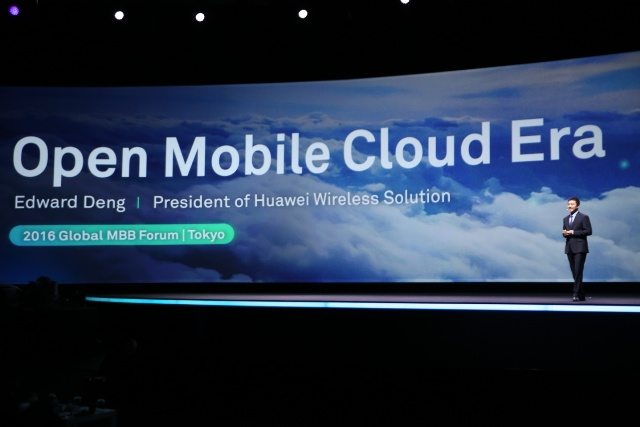CloudAir manages spectrum, power and channels in the cloud.
Huawei is developing a new technology it says will allow different air interfaces to operate in a single spectrum band. The company says its CloudAir solution will dynamically allocate spectrum resources based on fluctuations in mobile network traffic.
Most smartphones support several air interfaces, including LTE, 3G and Wi-Fi. Wireless carriers typically deploy 3G and LTE in different spectrum bands. A technology that enables more than one air interface to be deployed in one spectrum band would mean carriers could get more use out of each of their spectrum bands in a given market.
“Spectrum cloudification creates real value for telecom customers,” said Edward Deng, president of Huawei Wireless. “It’s an important development trend in the industry, and it will take greater collaboration with industry partners to continue pushing things forward.” Huawei did not name any industry partners as part of the announcement.
Chipset solutions
Although Huawei did not name any suppliers or partners, there are already chipsets designed to support cloud radio access network, or the migration of wireless base stations to a cloud-based architecture. Texas Instruments’ base station systems-on-a-chip is designed for cloud-based RAN and the company says it is 10-times as power efficient as a typical server chip.
Huawei also makes its own chips for mobile devices and network infrastructure, and has its eye on the server market. The company has formed a joint venture with Qualcomm and Semiconductor Manufacturing International, China’s largest chipmaker. The group’s goal is to produce next-generation chips for smartphones and servers.
Cloud-based networks
Huawei sees CloudAir as one element of a virtual network that also includes a cloud-based core network and a cloud-based RAN. The company says it has more than 60 commercial contracts for its CloudEdge core network solution, which is designed to support network slicing and radio access technology convergence at the edge of the network. The company has also launched a cloud RAN solution, which it says will be ready for commercial deployment by the third quarter of next year.
CloudAir is meant to complete the trifecta by managing spectrum, power and channels in the cloud. The company said that in addition to dynamic spectrum allocation, CloudAir supports intercarrier, inter-RAT, interband and intersite power sharing and artificial intelligence-based scheduling to enable any received signals to be recognized as available multipath resources.
“This diversity of applications will raise the bar for network capabilities and operations,” said Deng. “In order to face this challenge, a modern network needs efficient resource utilization, on-demand module deployment, and agile service provisioning if it hopes to achieve long-term development. And building a cloud-based network is the only way to make that happen.”

